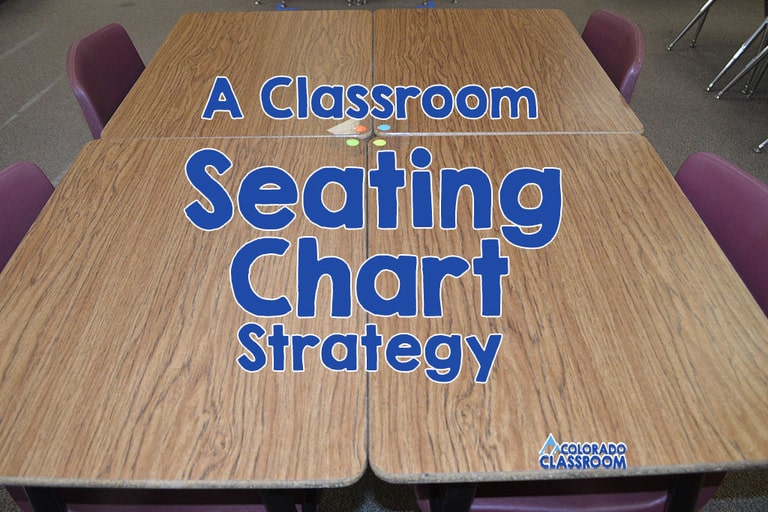
A Seating Chart Strategy to Increase Impact in the Classroom
I want to discuss seating charts, but first let’s start with some definitions. Heterogeneous is to be diverse in character or content while homogeneous is

I want to discuss seating charts, but first let’s start with some definitions. Heterogeneous is to be diverse in character or content while homogeneous is